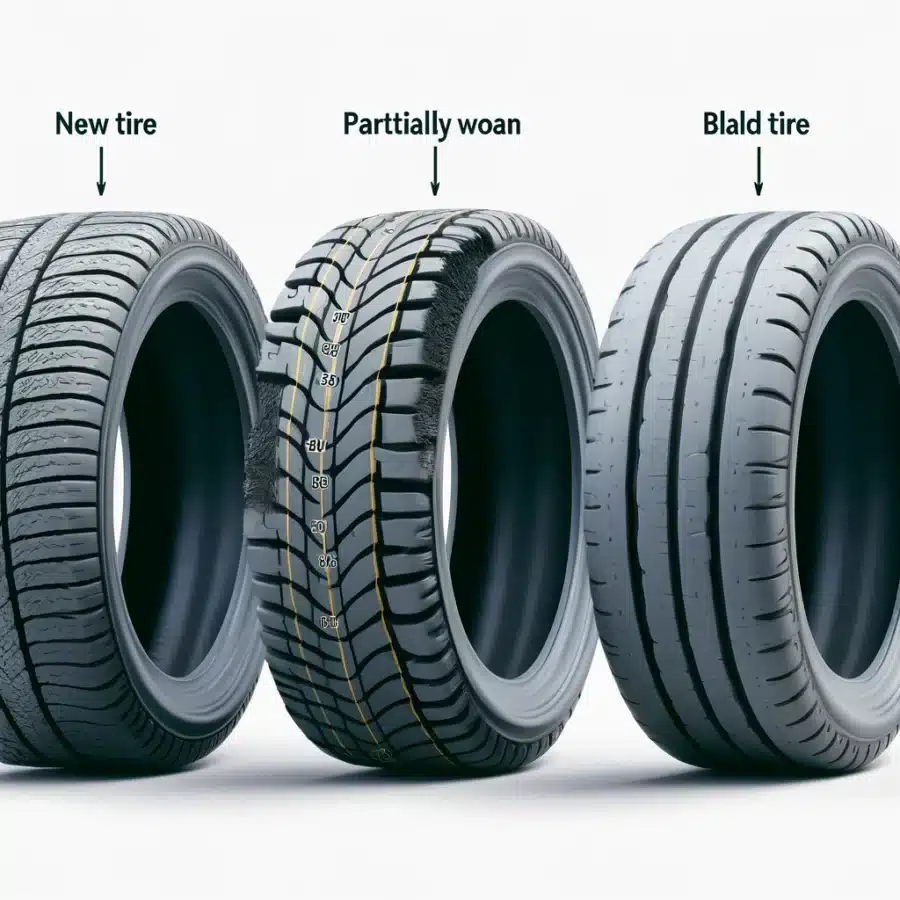Few things are more frustrating than a flat tire when you’re on the road. Whether you’re on your daily commute or heading out on a road trip, knowing how to safely handle a flat tire can save you time, stress, and even money. In this guide, we’ll walk you through the steps of changing a flat tire and help you decide when it’s best to call a professional.
Step-by-Step Guide to Safely Changing a Flat Tire
1. Find a Safe Location As soon as you notice a flat tire, avoid making sudden stops or swerving. Instead, slow down gradually and find a safe, flat area to pull over—preferably away from traffic. A parking lot or a wide shoulder on the side of the road is ideal. Turn on your hazard lights to alert other drivers.
2. Gather Your Tools You’ll need the following items, which should already be in your vehicle:

- Spare tire (make sure it’s properly inflated)
- Car jack
- Lug wrench
- Wheel wedges or bricks (to prevent the car from rolling)
- Owner’s manual (for vehicle-specific instructions)
Before starting, engage the parking brake and place the wheel wedges in front of the tires opposite the flat one to keep your car secure.
3. Loosen the Lug Nuts Using the lug wrench, loosen (but don’t remove) the lug nuts on the flat tire by turning them counterclockwise. You may need to use some force if they’re on tightly. It’s easier to do this while the car is still on the ground, so you don’t need to worry about the tire spinning.
4. Raise the Vehicle with the Jack Consult your owner’s manual to find the correct spot to place the jack under your car. Once it’s positioned properly, use the jack to lift your vehicle about six inches off the ground. Make sure the car is stable before proceeding.
5. Remove the Flat Tire Now that the car is lifted, remove the lug nuts completely and carefully pull the flat tire off the car. Place the tire to the side in a safe spot.
6. Mount the Spare Tire Line up the holes in the spare tire with the lug nut posts and slide the tire onto the car. Hand-tighten the lug nuts as much as possible before lowering the vehicle.
7. Lower the Vehicle and Tighten the Lug Nuts Use the jack to carefully lower the car back to the ground. Once it’s resting securely, use the lug wrench to fully tighten the lug nuts, alternating in a star pattern to ensure even tightening.
8. Check the Spare Tire After securing the spare tire, make sure it’s properly inflated. If it’s a temporary spare (commonly called a “donut” tire), remember that it’s not designed for long-term use. Limit your driving to below 50 mph and head to a repair shop as soon as possible to have your flat tire replaced or repaired.
How can you prevent a flat tire?
Keep an eye on your tire.

By following these simple steps, you can confidently change a flat tire and continue your journey with peace of mind. However, don’t hesitate to call for help if the situation feels unsafe or you’re missing the proper equipment. With Anyplace Auto Repair, help is always nearby.
For more helpful car care tips, visit our blog at www.anyplaceautdev.wpenginepowered.com/blog.
Want a free quote? Contact us here. We service the greater Phoenix area.
- Regular Service Intervals for Your Vehicle in Phoenix, AZ: Keep It Running Strong
- Emissions Testing in Phoenix, AZ: What Your Vehicle Is Tested For & How to Pass
- Your Car Hit 100,000 Miles in Phoenix, AZ? Essential Maintenance Checklist
- How to Prepare Your Car for Winter in Phoenix, AZ: Mobile Maintenance Tips
- Why Mobile Car Inspections Are Essential Before Buying a Used Car in Phoenix, AZ

Leave a Reply